India’s ‘Street Fighter,’ Cornered by Modi, Faces Fight of Her Life
She built a vast grass-roots base, held hunger strikes and sit-ins that were attacked by the police and jumped back into street protests soon after communist workers bashed her head with metal rods.
KOLKATA, India :— To topple 34 years of communist rule and become chief minister in India’s West Bengal state, Mamata Banerjee put her life on the line for decades.
She built a vast grass-roots base, held hunger strikes and sit-ins that were attacked by the police and jumped back into street protests soon after communist workers bashed her head with metal rods.
So when Prime Minister Narendra Modi’s governing party targeted such a proven survivor, campaigning hard in her state in the parliamentary elections this year, it pulled out all the stops. Mr. Modi’s Bharatiya Janata Party spent heavily, going after the same villages and districts she once swung against the communists and enlisting political operatives once allied to her to dig up dirt and personal attacks.
The result was 18 seats for the B.J.P. in a state where it had just two before — and a political feud with Ms. Banerjee’s Trinamool party that has become increasingly deadly. Political workers on both sides have been found hanged, slashed, shot or burned to death, with the B.J.P. saying most of the recent deaths have fallen on its side. Ms. Banerjee, 64, whose supporters call her “didi” (elder sister) and who cherishes her image as a street fighter, has not backed down.
The Bengal police force she commands turned water cannons and tear gas against thousands of B.J.P. protesters over the past week. (Ms. Banerjee has also faced a major strike by thousands of doctors, who are demanding better security for medical workers.) The clashes with the B.J.P. protesters have become a display of how personal, vicious and violent India’s politics can get.
Even former friends have become weapons in West Bengal. Among those whom the B.J.P. enlisted early in its fight against Ms. Banerjee was Dipak Ghosh, 81. He was one of the earliest members of her party and spent more than a decade at her side. From a small desk in his second-floor study, Mr. Ghosh dictates letter after letter obsessively trying to punch holes in Ms. Banerjee’s narrative.
“Sir,” Mr. Ghosh wrote to Ms. Banerjee’s secretariat in 2012, inquiring about the affairs in her residence. “Since she is commonly known as a spinster and sir her mother died a few months back, who, besides personal maids and servants, live in that house?”
“Madam,” he wrote in another letter just two weeks later, addressed to the chief minister herself. “I humbly invite you to take a virginity test.”
For her part, Ms. Banerjee frequently used campaign rallies to go after Mr. Modi, saying she wanted to give Mr. Modi “a tight slap of democracy” and “throw Modi out of the country.”
Nor did she spare the personal life of the prime minister, who left his wife for politics soon after an arranged marriage decades ago: “He can’t take care of his wife, but he will take care of Indians?”
Mr. Modi, a masterful orator who has listed drama among his favorite school subjects, pressed Ms. Banerjee’s buttons at every opportunity.
“Didi, O Mamata didi!” he said at one rally, slowing his words as he savored his response. “Your slap will be a blessing for me.”
Mr. Modi’s party took advantage of an opening largely handed to it by Ms. Banerjee herself: Her heavy-handed crushing of the communist opposition, her alienation of longtime allies and suspicions of corruption of those around her are being successfully used against her now. Rising from a modest background, Ms. Banerjee took decades to build a large grass-roots base. Many of her supporters liked that she was a front-line fighter, and as she took risks, they would, too.
(All the while, Ms. Banerjee managed to publish 87 books in her name and create more than 5,000 paintings. The painter and competition judge Debasish Chowdhury called her art “a tragedy for the Kolkata arts community.”)
But when she reached power in 2011, her party turned victory into an opportunity to obliterate old foes. Critics say her control of the state police meant protection for the party as it snatched communist offices and threatened candidates in local elections. Her rule became increasingly autocratic.
During the parliamentary elections this spring, the B.J.P. promised the communists protection, and won a large share of their vote in return. It was a remarkable development, because leftist leaders had previously described any alliance with the Hindu nationalist B.J.P. as akin to jumping from the frying pan into the fire.
“Where the Communist Party could give shelter to their workers, they still fought as communists. Where the party couldn’t give shelter, they joined the B.J.P.,” said Sovandeb Chattopadhyay, 74, a minister in Ms. Banerjee’s state government and a founding member of her party.Mr. Chattopadhyay made clear that he meant it was his own party’s violence they needed shelter from.
“Yeah,” he said. “No doubt about it.”
The cycle of revenge has created a tense situation in local communities. In Duttapukur, a suburb of Kolkata, the B.J.P.’s rise has given the crushed communists some breathing space — to regain the offices snatched by Ms. Banerjee’s governing party and to push back against the kind of intimidation that meant no one dared contest it in most of the area during last year’s local vote.
Mr. Chattopadhyay, the minister, said it was a case of party workers not following the leadership’s example. Critics, though, say the workers exactly follow Ms. Banerjee’s lead: She rarely minces words or appears tolerant.
When B.J.P. supporters began heckling her convoy in a Kolkata suburb last month, Ms. Banerjee jumped out of her car to face them down.
“I will skin you!” she shouted in a confrontation caught on video. “Write down the names. Search the whole locality, house by house. How dare you!”
Mr. Ghosh joined Ms. Banerjee’s party soon after retiring as a civil servant in the 1990s. As a close political adviser, he was central to her 2011 victory to become chief minister in the state, with a population just short of 100 million.
In return, she had promised to nominate him for a local assembly seat. The rupture between them emerged when Ms. Banerjee announced the name of one Dipak on the candidate list, just not Dipak Ghosh.
The B.J.P. decided to contest local elections vigorously in West Bengal last year. While it did not make many inroads then, the party’s willingness to sacrifice effort, cash and even personnel — around 45 B.J.P. supporters are thought to have been killed in political violence in that season — made an impression on the state’s voters that it was here to stay, Mr. Ghosh said.
“I don’t think she realized it fully,” Mr. Ghosh said of the B.J.P. threat. “They gave blood.”
Even Ms. Banerjee’s critics characterize her as a hard-working and seemingly tireless fighter.
She is in her element on the streets and at rallies, arriving in her trademark white sari, wearing white flip-flops, her hands clasped in respect. Then she grabs the microphone, pacing the stage left and right.
“She knows how to connect with the common man,” said Debasish Bhattacharya, who runs a magazine supported by Ms. Banerjee’s party. “She has fought against the odds throughout her life. But this is a much bigger fight, and she has also become older. This will be a tougher fight.”
Courtesy: The New York Times
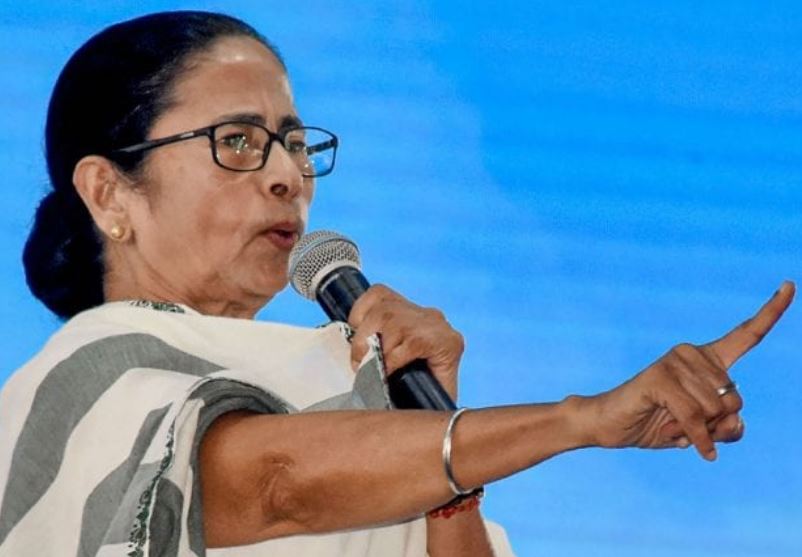
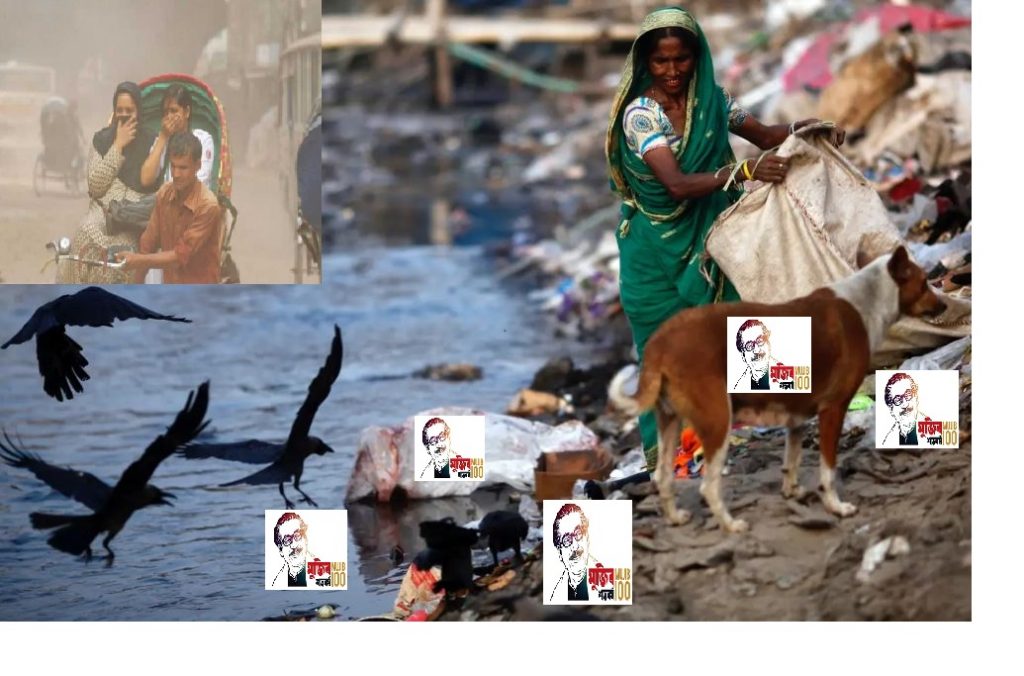
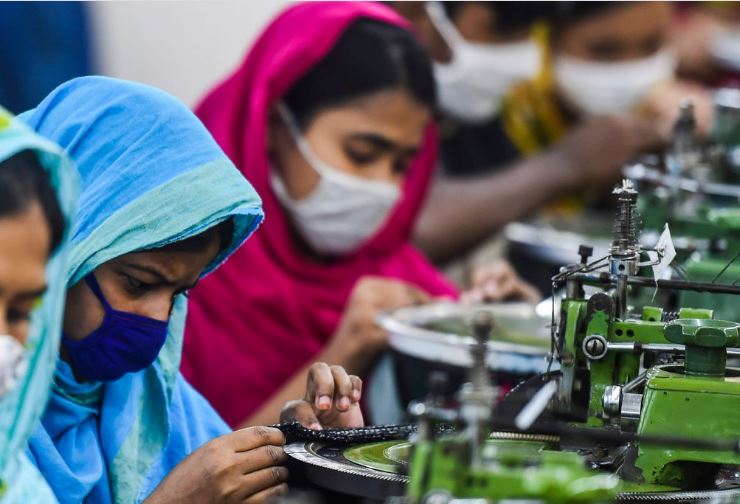
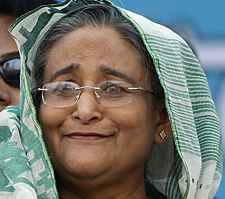

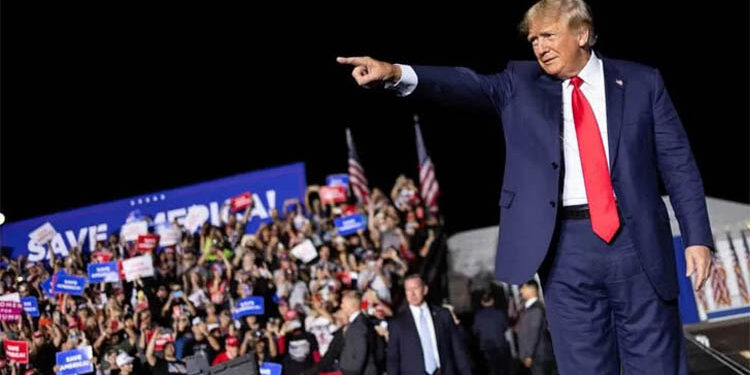

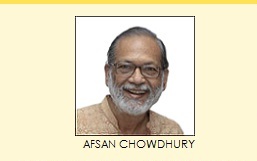
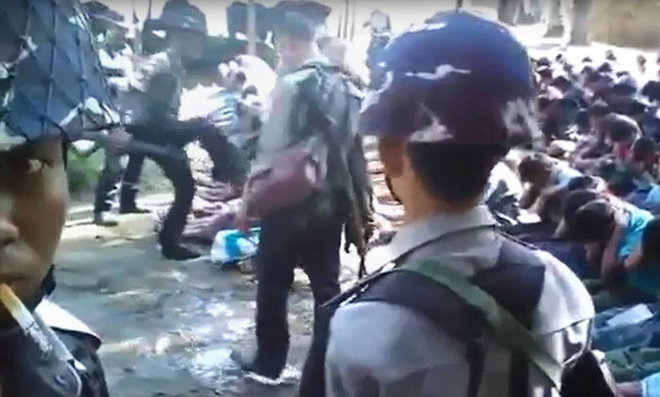


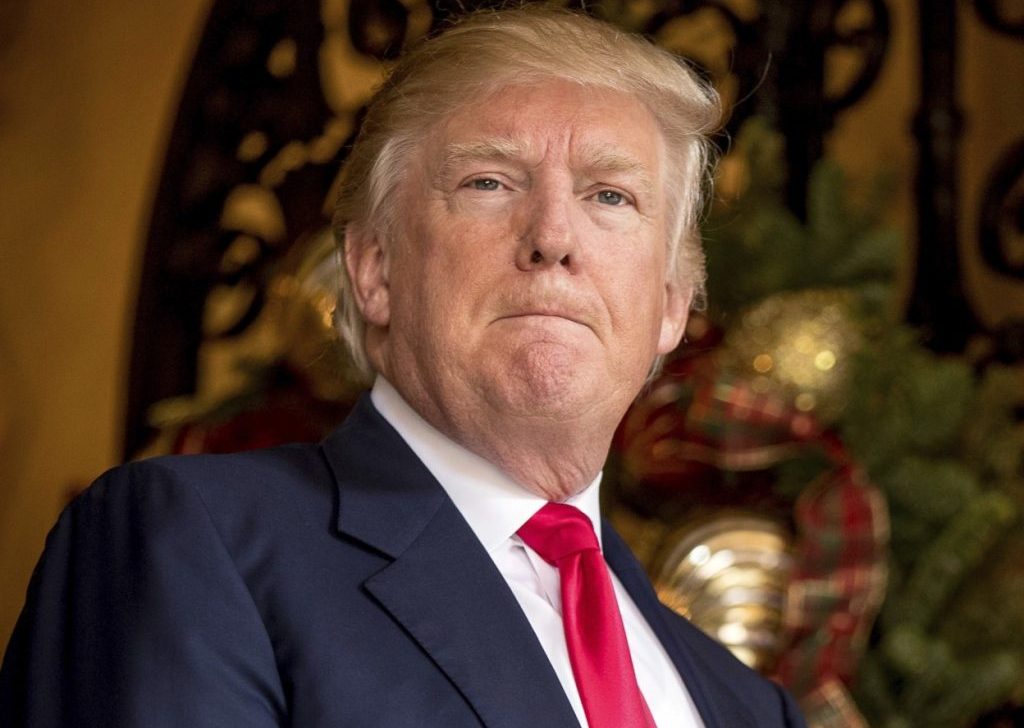

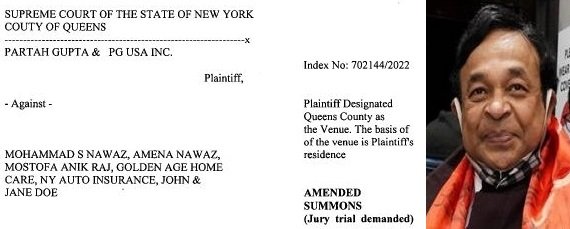
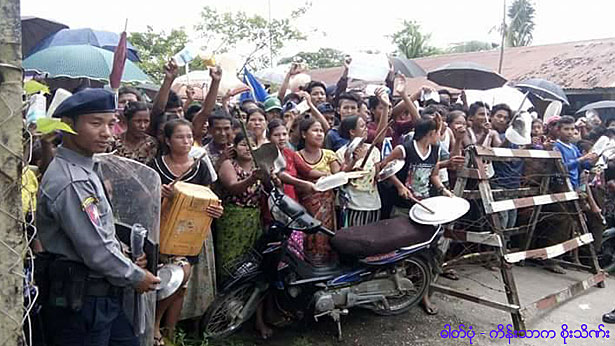
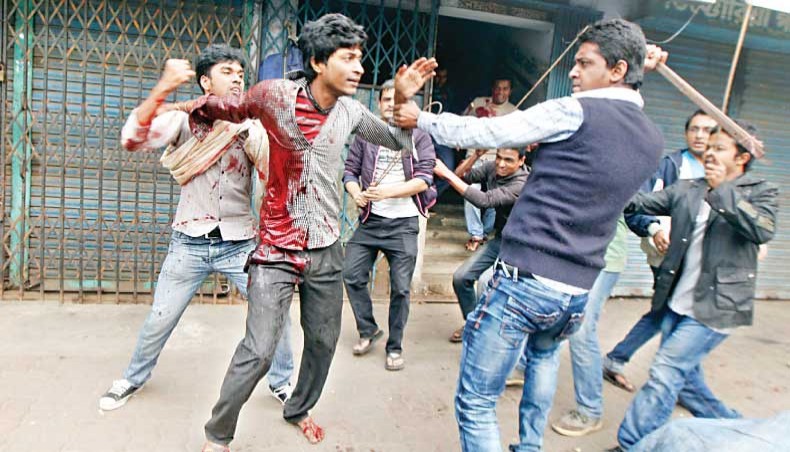
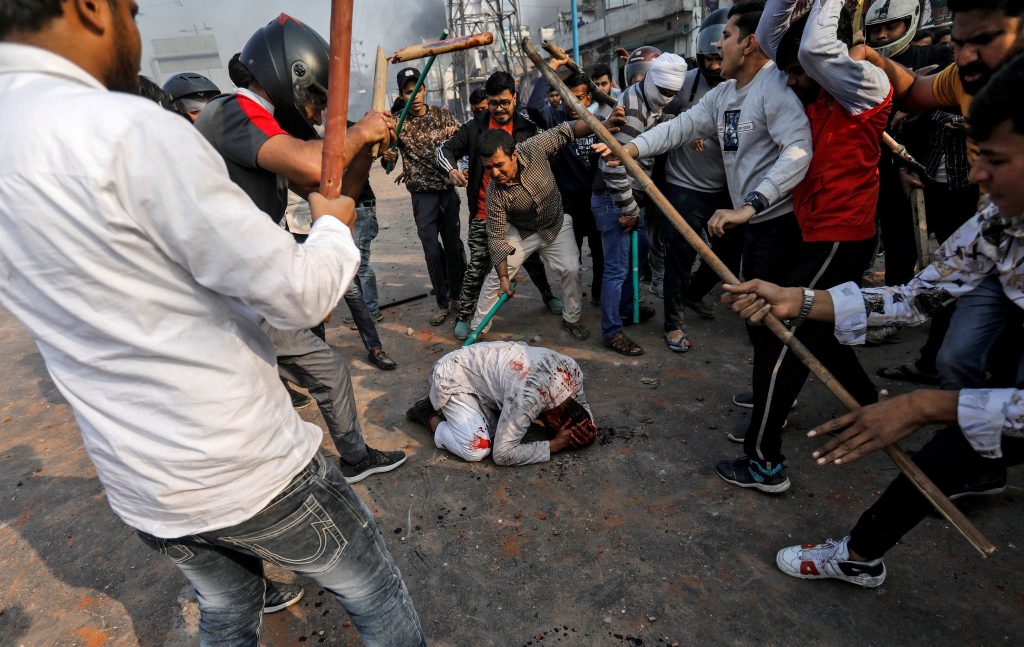
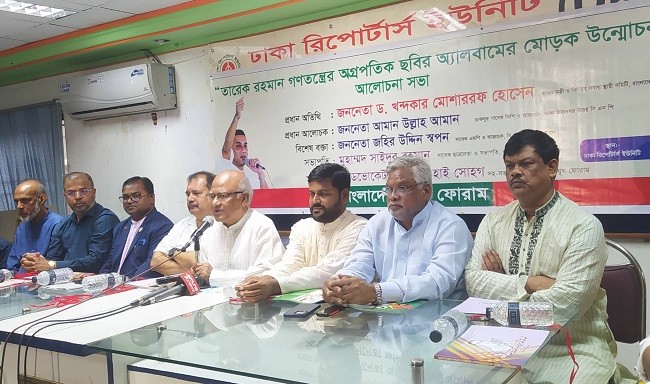


Comments